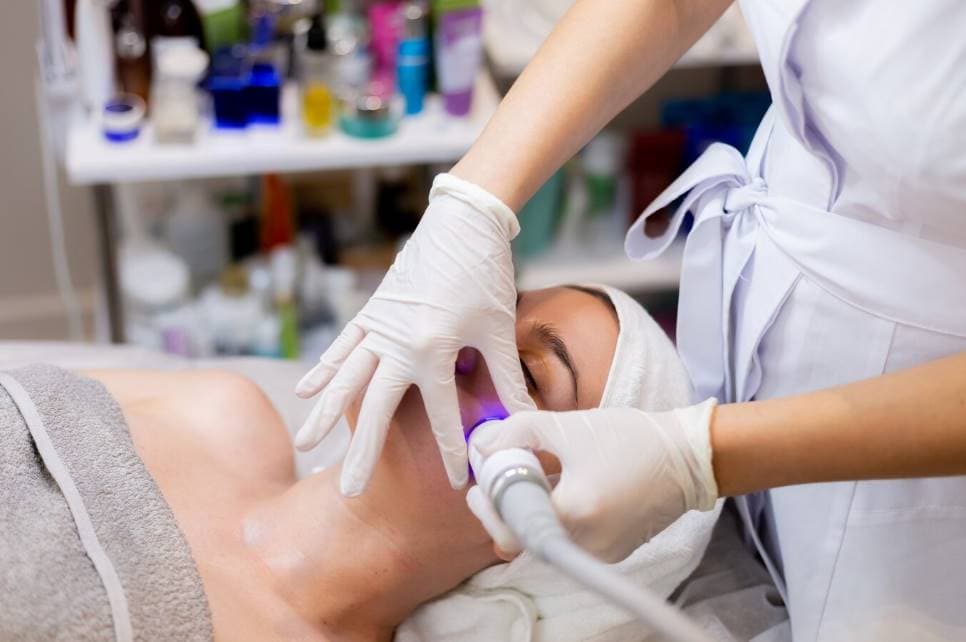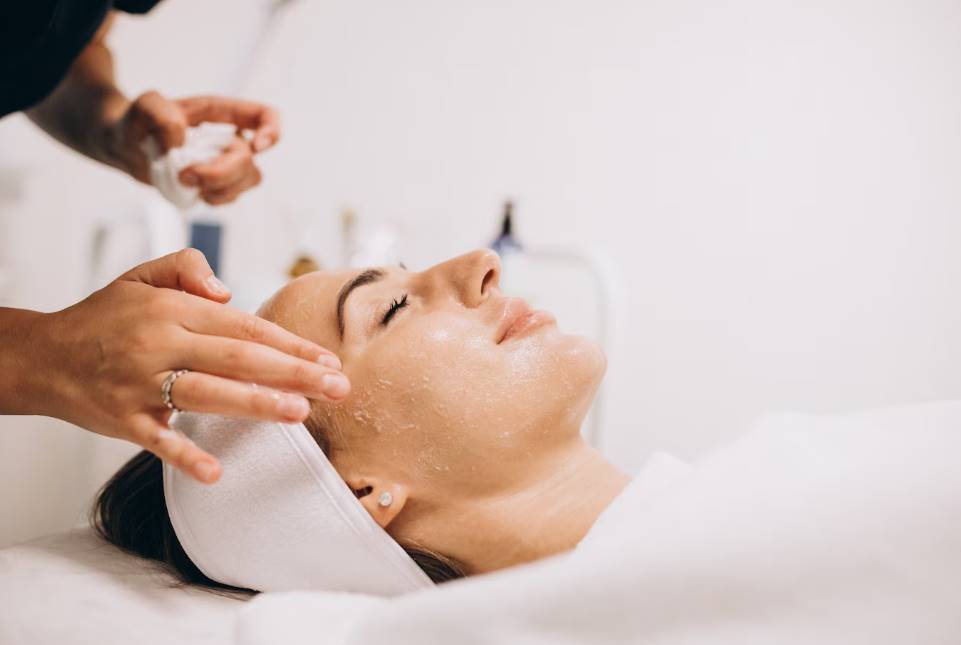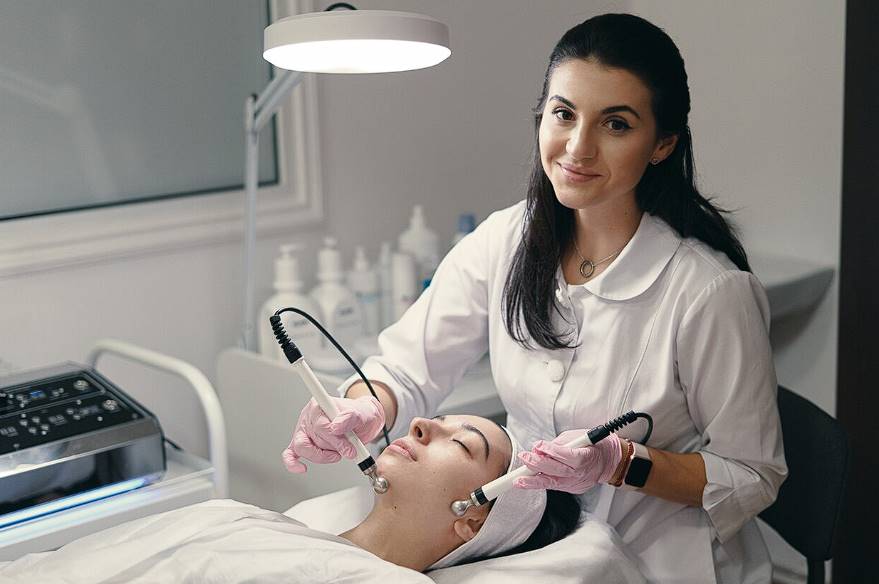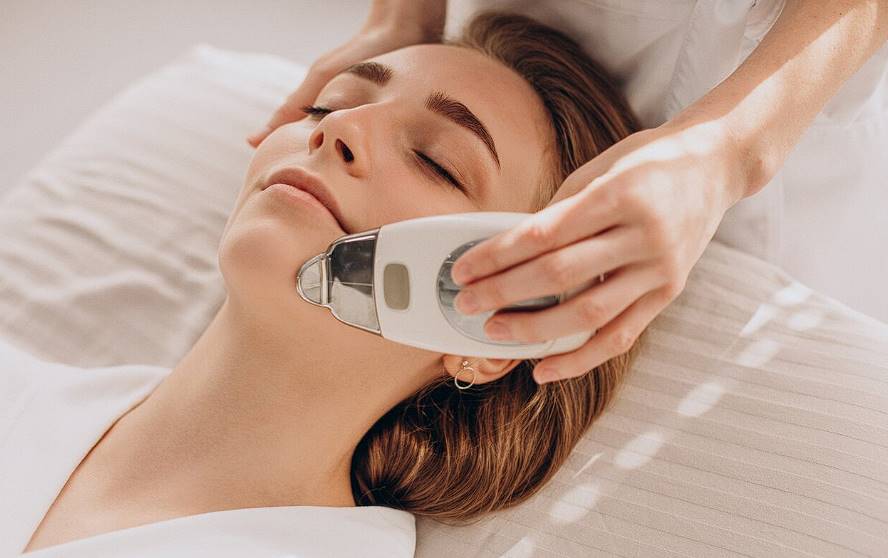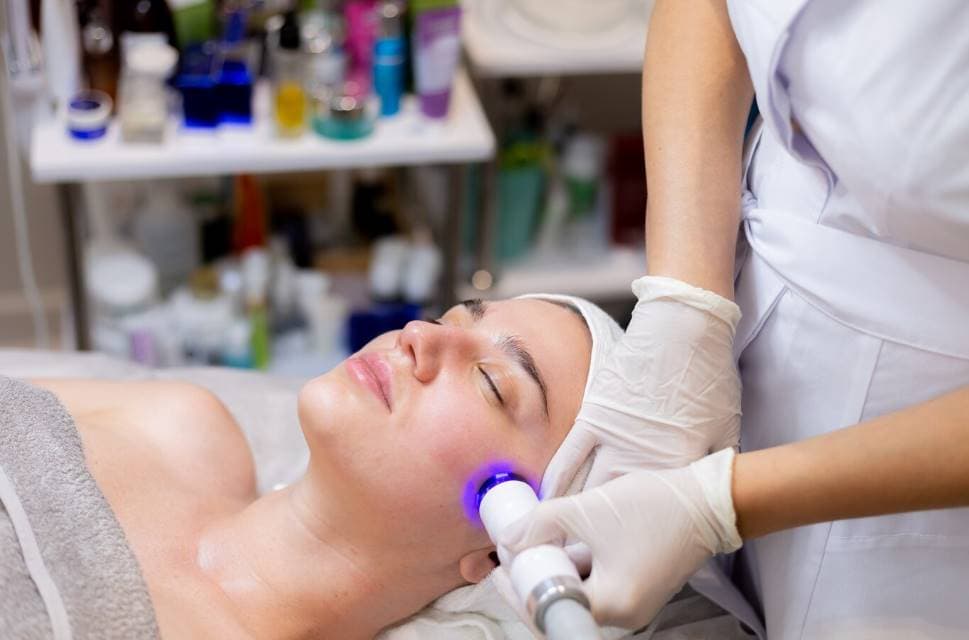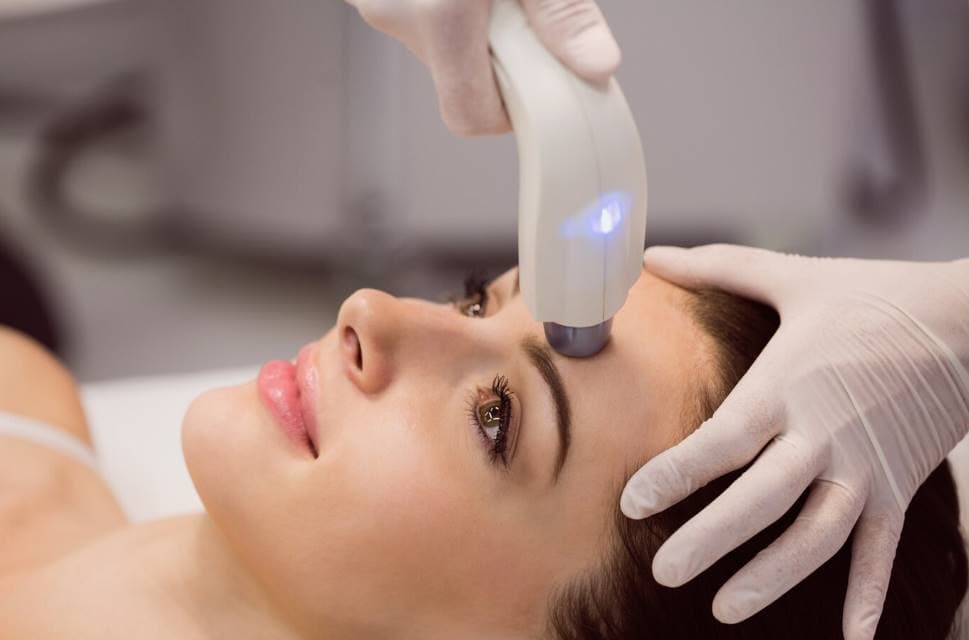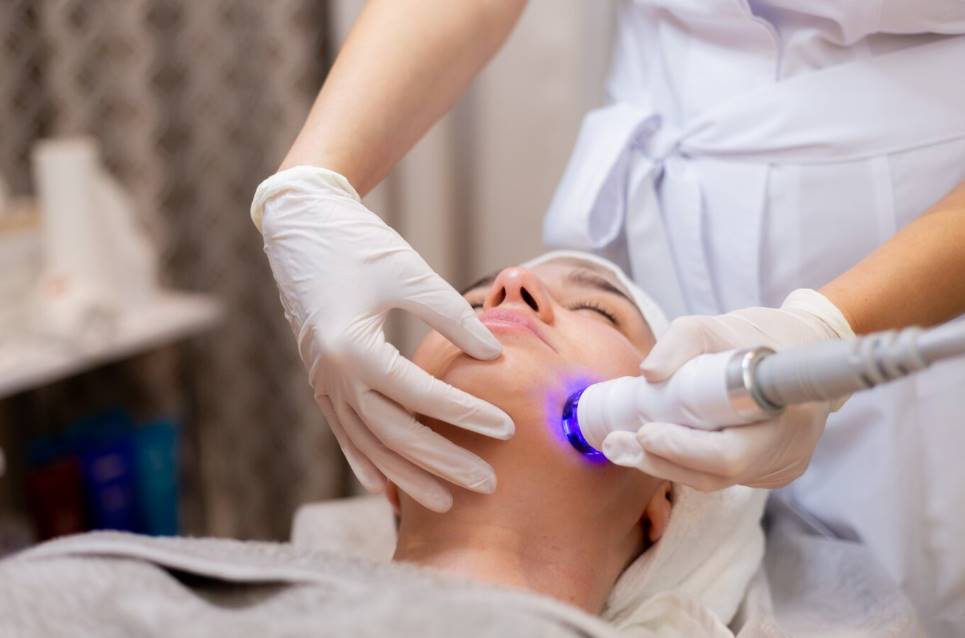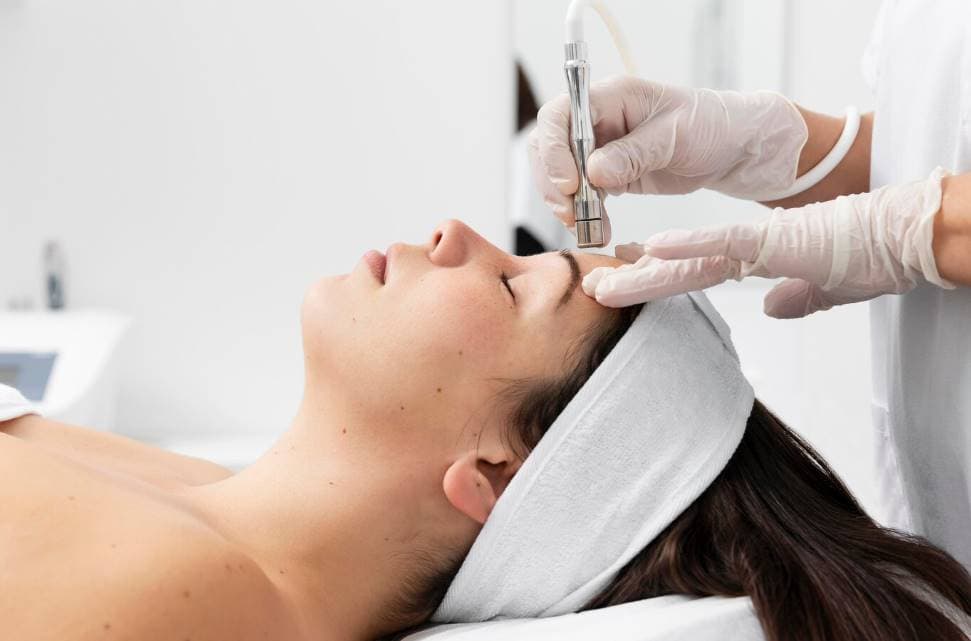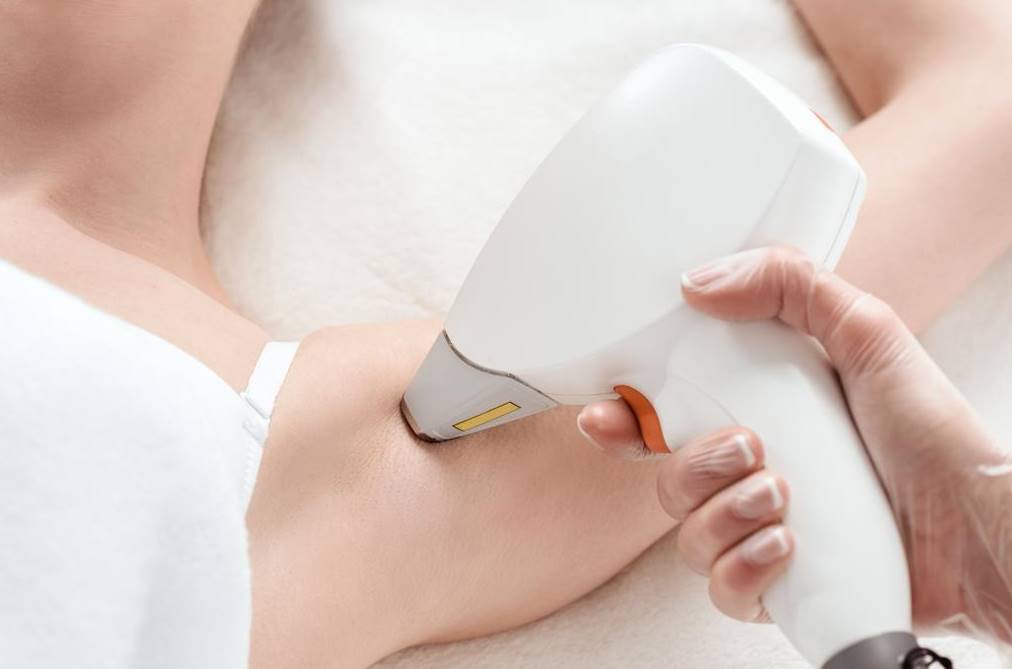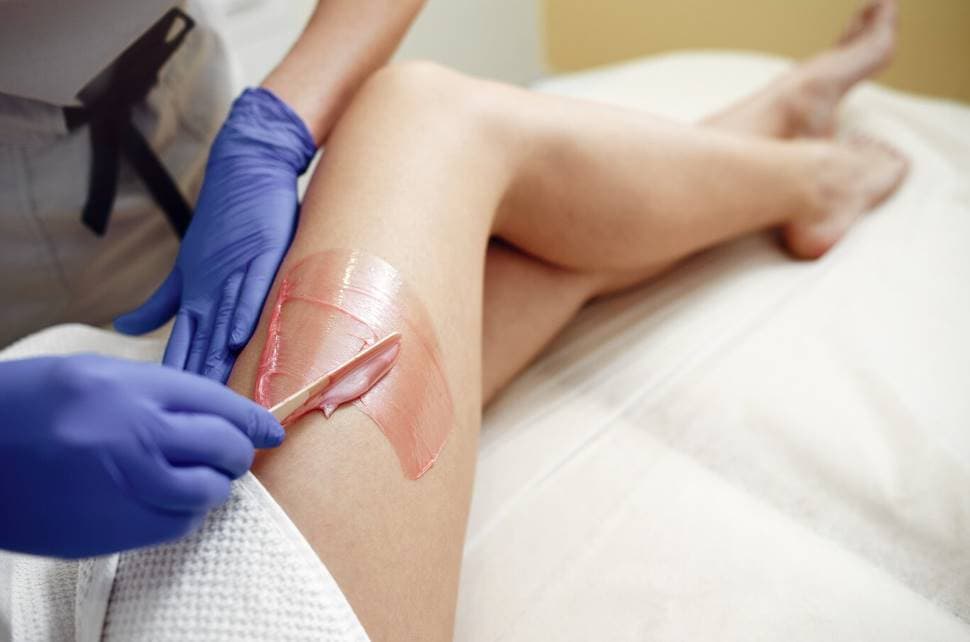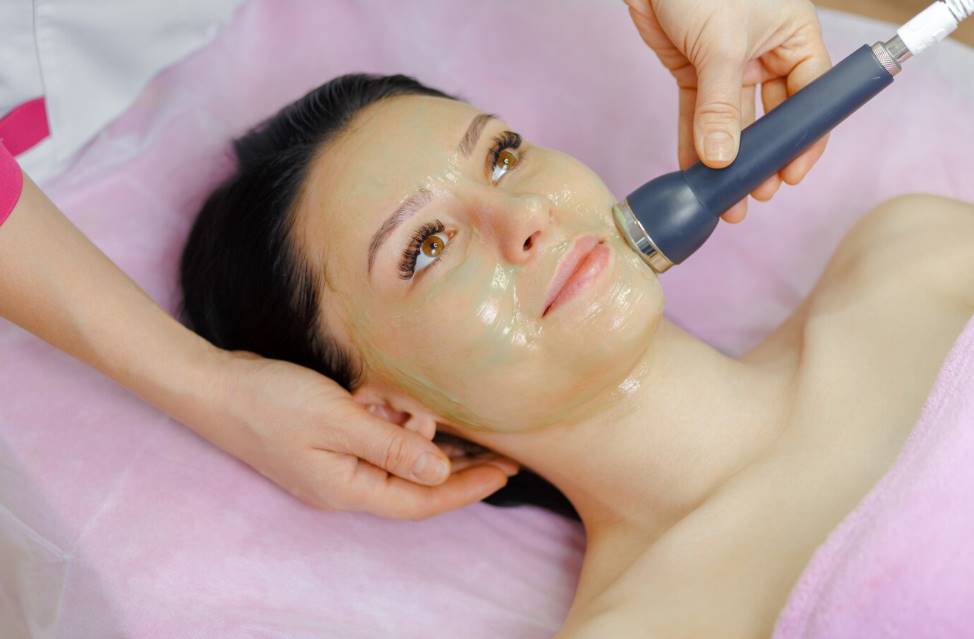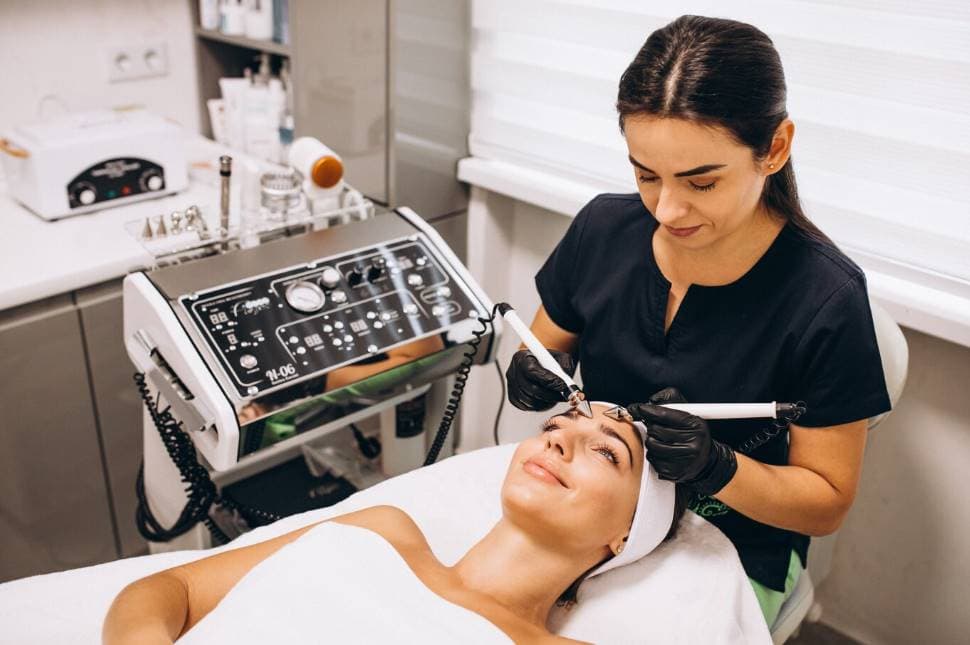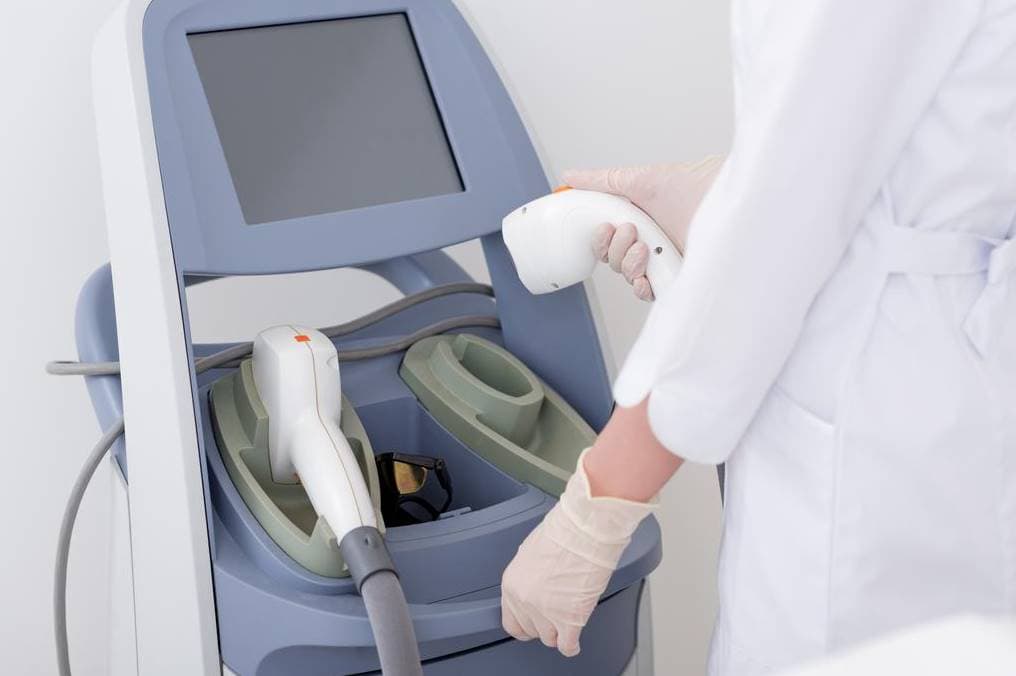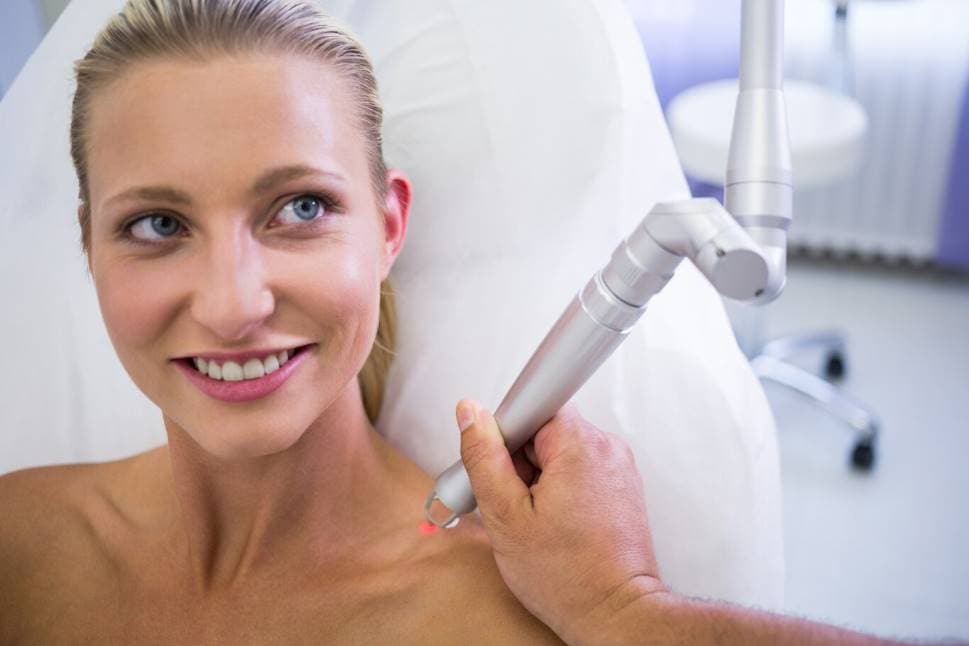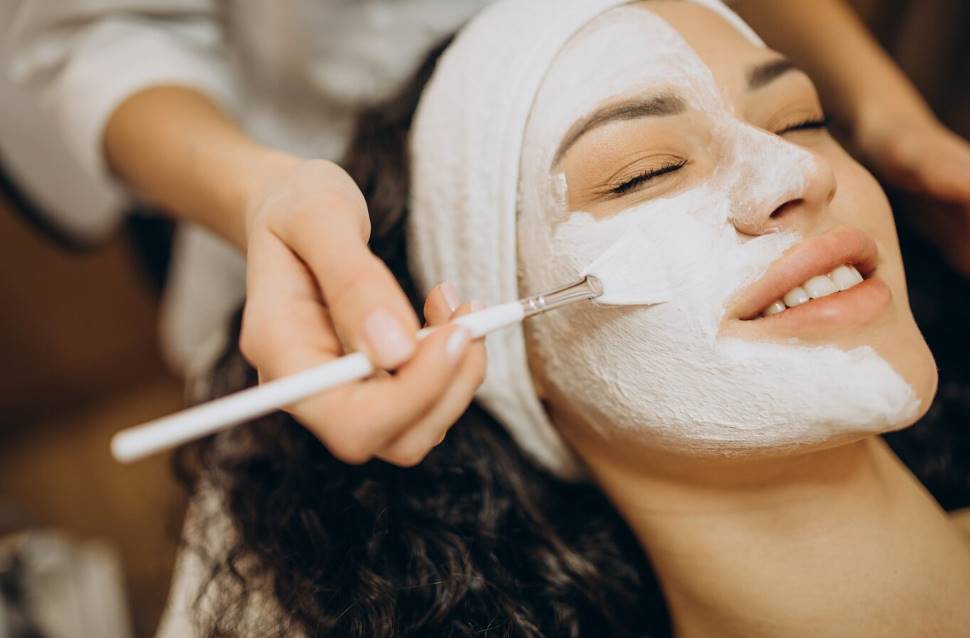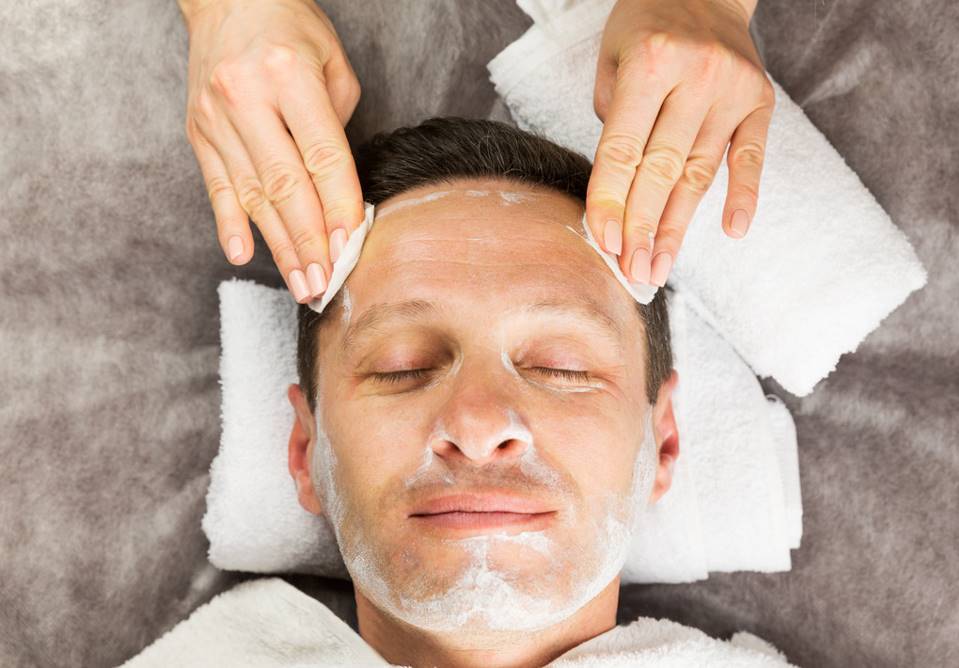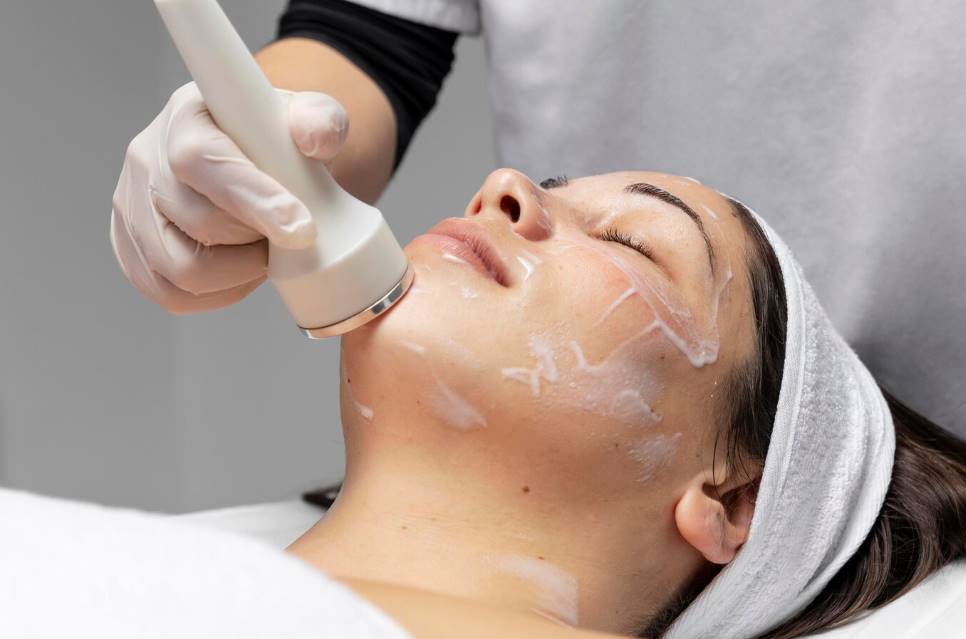Melasma is an issue with the skin that affects many people and makes their faces look brown or greyish. These rough spots can be annoying and often make people feel bad about themselves.
Most individuals think of good skin as having an even tone and no marks, pigmentation, or discolourations that make it look not good. But if you have melasma, a brownish-grey patch stays on your face constantly. It's not bad for your health but can hurt your pride and make you feel less sure of yourself.
There are many ways to treat skin problems, but laser skin care has gotten a lot of attention. In this piece, we'll go over anything you need to learn about how to treat melasma with laser therapy.
What Is Melasma?
Before discussing laser therapy and how it can help your face, you should know what melasma is and why you've got it.
Melasma is what you have if you have dark spots on your skin that aren't caused by a cut, burn, tan, or scar. Even though we don't know the exact reason, we know some things about what sets it off.
Melasma is more likely to happen to people with dark skin because the cells that make colour are more active.
Melasma is more likely to happen to women than men because the disease is sensitive to changes in oestrogen and progesterone. Melasma often appears when a woman begins or stops taking contraception or hormone replacement treatment. It also happens to a lot of pregnant women, so that's why it's called the "mask of pregnancy."
Melasma can also be caused by being in the sun, particularly if you have dark-coloured skin. If you have melasma, it's important to wear sunscreen and stay out of the sun as much as possible.
While men can get it too, and it can appear on the neck, chest area, or arms, it usually appears on women's faces.
What You Need to Know About Laser Therapy for Melasma
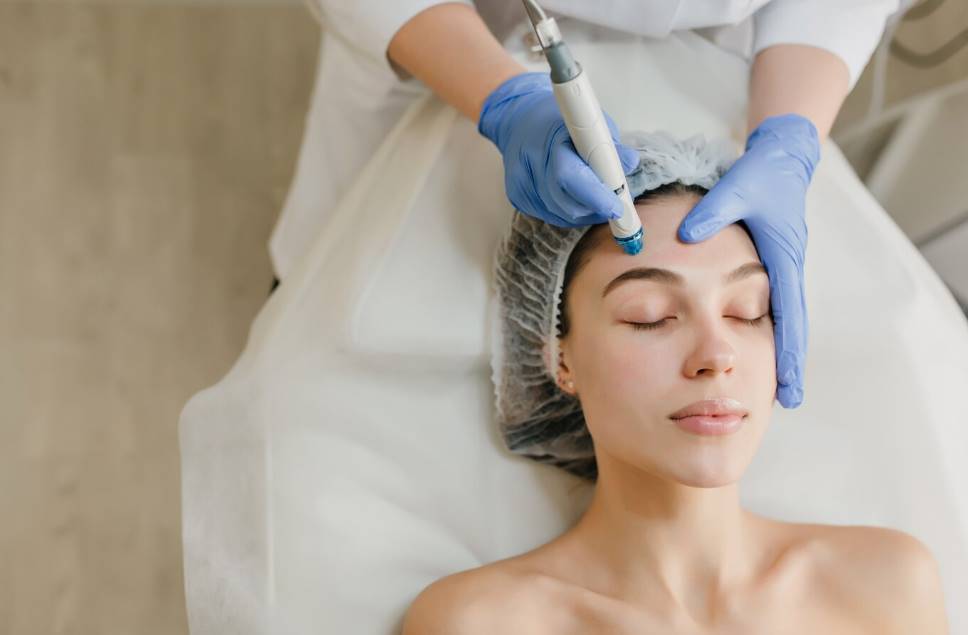
Laser Alone Will Not Remove Melasma
The pigment cell, or melanocyte, is what the laser therapy for melasma is aimed at. Melasma may look like it would be easy to target with a laser, but it is much more complicated than that. When the skin makes too much melanin, other cells and structures in the skin need to be treated. So, the laser alone won't make melasma disappear like magic. Melasma might also need to be treated with chemical, physical, and even oral treatments.
The Dermatologist Treating You Must Comprehend Melasma and Have Laser Experience
When planning laser treatment for melasma, the physician needs to think about which area the laser needs to focus on, the colour of the skin around it, how the skin should look right after treatment, any other health problems the patient may have, how to care for the skin after treatment, and much more. Things like this are best understood by someone who has used laser devices for a long time and knows a lot about the science beneath why melasma happens.
PicoSure Is the Safest Short- And Long-Term Melasma Laser.
The PicoSure Laser is, without question, the most scientifically proven laser to treat melanin. This was the initial picosecond laser that was available for sale. It can be fitted with a special lens that sends a safe pulse of laser light through the skin to treat melasma. When utilised with off-label settings, which are settings that aren't in the manufacturer's instructions, it can give great results with no downtime. Still, there is a small chance of paradoxical hyperpigmentation, a quick darkening of pigmentation.
The other laser that can be used to treat melasma is the long-pulsed NdYAG. However, there is a BIG WARNING: if it isn't used in specific settings (again, off-label), it can cause white spots and scarring that look more severe than the melasma itself.
What to Expect During Treatment
Different types of lasers can be used to treat melasma in different ways. Most treatments take under thirty minutes and cause pain that some people say feels like a rubber band breaking against the skin.
Before the process, a numbing cream can be put on the area that will be treated to reduce pain and discomfort. Putting ice packs or chilled compresses on the skin right after the treatment and days after can help ease the pain.
How Long Does Recovery Take?
Most people can return to work and other daily tasks after treatment. Some pain and stiffness might happen in the days after the session, but they should go away in a few days. Using ice packs or cold clothes can help ease the pain.
You should see some changes in your skin after your first session, but for the best results, most laser treatments take several sessions spaced out by a few weeks.
Your doctor may recommend lightening creams on top of laser treatment to lower the chance that your melasma will come back. To protect your skin from harm and stop melasma from coming back, it is important to stay out of the sun for short periods and use sunscreen with a high SPF in places that will be exposed to the sun.
Which Laser Treatment for Your Melasma Should You Choose?
Before going to a cosmetic doctor to find out what causes your melasma, it's a good idea to study what causes it. Once you know about your appearance, you can decide if and how you want to do something about it.
The best laser therapy for melasma won't be the same as the best treatment for wrinkles; the best laser for scars won't be the same as the best for sagging. Painted a picture. The choice depends on how powerful, precise, and far wavelengths from each model can move. It also depends on how willing you are to be uncomfortable, have your life turned upside down, and have a flexible budget.
So, the selection of lasers for skin treatment and renewal is long, but here are some of the most popular ones:
- Fractionated lasers destroy things in a very focused and distorted way so they can hit very small areas.
- Non-ablative lasers damage the skin by heating up the water in the cells, which makes the skin's emergency repair system produce more collagen.
- Ablative lasers cause shallow wounds on a large part of the skin's surface, and fully ablative lasers can even remove the skin's top layer.
Types of Lasers for Melasma Treatment
Laser therapy is a common and successful way to treat melasma because it may target the extra pigmentation in your skin without hurting the tissue around it. Laser treatment for melasma uses direct light rays to heat and split up the pigment cells in the skin. The exact way it works depends on the laser type used.
Q-Switch
The Q-Switch laser, sometimes called "The Spectra," sends energy into the skin to break melanin into smaller components that your body then gets rid of. You can also colour your hair with Q-Switch, which can feel like a sting.
IPL
An Intense Pulsed Light (IPL) laser uses different bands of multispectrum light to target certain colours in your skin. Melasma may worsen with this treatment on some skin tones, so it's important to talk to a doctor first.
PicoSure
PicoSure is a laser that turns energy into pressure instead of making heat. It works rapidly to treat melasma, where it starts below the skin. The actual process is fast and only a little bit painful. You might feel something like a rubber band popping against your skin. One study showed that PicoSure could help eliminate melasma without causing other side effects like discolouration.
Fractional
Fraxel is a brand name for a type of laser treatment called "fractional laser resurfacing." This treatment makes tiny holes in your skin that help new, healthy skin cells grow. There is a prickling feeling, and a local anaesthetic is generally put on the skin before the procedure.
Right away, your skin gets red or discoloured and raw. But following 3 to 5 days of healing, your skin will look more radiant and even.
Pros of Melasma Laser Treatment
Laser therapy is a hopeful way to treat melasma, especially for people whose melasma doesn't get better with more common treatments like creams that lighten the skin and chemical peels. Some pros of laser treatment for melasma are:
- If you have melasma, it will boost your self-esteem.
- Only affects the parts of the skin that are hurt, not the skin around it.
- Short workouts that don't take much time to recover from
- Possible removal of dark spots on the skin. Replaces skin cells for a better, more even skin tone.
Cons of Melasma Laser Treatment
Even though laser treatment may be able to reduce or get rid of melasma, there are some dangers and adverse reactions that could happen.
- Post-inflammatory hyperpigmentation is a temporary darkening of the skin that has been hurt or upset. People with darker skin are more likely to have it.
- Hypopigmentation in the treatment areas
- Like a sunburn, the skin will be red, itchy, swollen, and scaling for three to ten days after the treatment.
A Reality Checklist for Melasma Laser Treatment
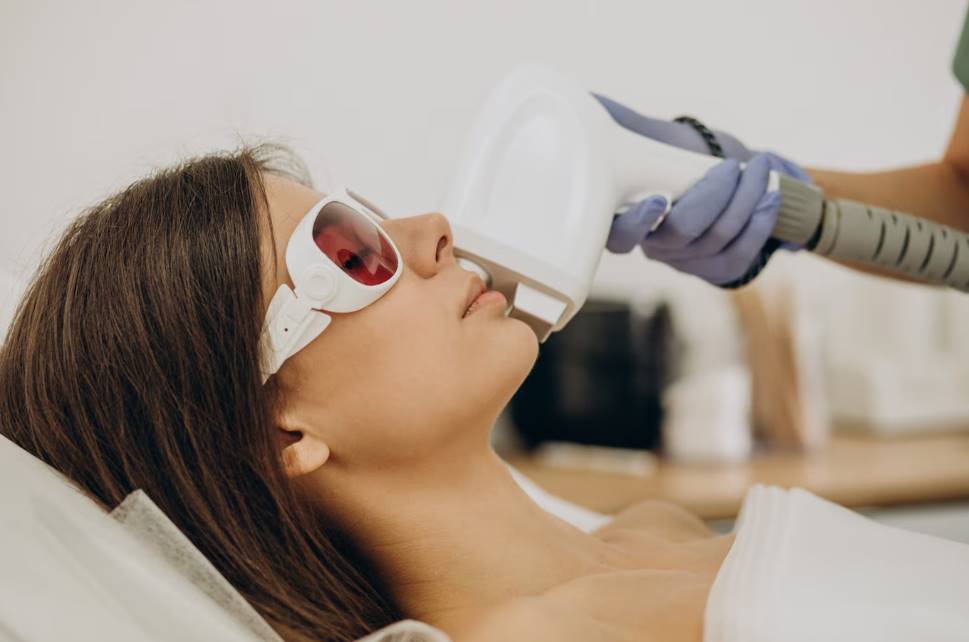
All in-clinic skin lasers have side effects like redness, swelling, bleeding, and bruises; it takes weeks for the skin to heal. Other risks and problems that can happen with laser treatment in a clinic are:
- Leukoderma, in which the laser destroys melanin, causes white spots to appear on people with dark skin.
- In certain instances, laser treatment can make melasma worse.
- Hormones often cause melasma so that it can return anytime after treatment.
- Antibiotics will be used to treat a bacterial problem.
- Pigmentation after an inflammation
Melasma Laser Treatment Effectiveness
Laser treatment may help eliminate wrinkles and patches, especially in people with melasma that doesn't respond to other treatments. Research has shown that laser treatments work best with other treatments, like creams for whitening and chemical peels for acne.
Some research studies show that dark spots from melasma often come back, even after laser treatments, to get rid of them initially. Creams put on the skin for a long time are often suggested to lower the risk of melasma coming back and post-inflammatory hyperpigmentation.
Conclusion
Melasma is a skin condition causing brown or greyish patches on the face, often causing self-doubt. It is more common in women due to the active cells responsible for color. Melasma is more likely to occur when a woman stops taking contraception or hormone replacement treatment, and is also common in pregnant women. It can also be caused by being in the sun, especially if the skin is dark-colored. Laser skin therapy is a potential treatment for melasma.
Melasma, a skin condition affecting women's faces, can be treated with laser therapy, which focuses on the pigment cell, melanocytes. However, laser alone won't remove melasma, as other cells and structures need to be treated. A dermatologist must understand melasma and have laser experience to plan treatment.
The PicoSure Laser is the most scientifically proven short- and long-term melasma laser, fitted with a special lens that sends a safe pulse of laser light through the skin. Other treatments may be necessary for melasma to disappear.
Melasma treatment can be done using off-label settings, resulting in no downtime but a small chance of paradoxical hyperpigmentation. Long-pulsed NdYAG can cause severe white spots and scarring if not used in specific settings. Treatments typically take under 30 minutes and cause pain. Pre-treatment, numbing cream can be applied, and ice packs or chilled compresses can help alleviate pain. Recovery takes several sessions spaced out by a few weeks, with lightening creams recommended to reduce the risk of melasma recurrence.
To prevent melasma from recurring, it's crucial to avoid sun exposure and use high SPF sunscreen. The best laser treatment for melasma depends on factors like power, precision, and wavelengths.
Popular types include fractionated, non-ablative, ablative, and fully ablative lasers. Fractionated lasers target small areas, non-ablative damage cells, ablative cause shallow wounds, and fully ablative remove the skin's top layer.
Laser therapy is a common and successful treatment method, targeting extra pigmentation without damaging surrounding tissue. The choice depends on the individual's willingness to be uncomfortable and budget.
Melasma laser treatment involves various types of lasers, including Q-Switch, IPL, PicoSure, and fractional laser resurfacing. Q-Switch breaks melanin into smaller components, while IPL targets specific skin colors. PicoSure uses energy to create pressure, making it fast and painless.
Fractional laser resurfacing creates tiny holes in the skin, promoting healthy cell growth. The procedure can cause redness or discoloration, but after 3 to 5 days of healing, the skin looks more radiant. Laser therapy offers several benefits, including boosting self-esteem and affecting only the affected areas, unlike common treatments like creams and chemical peels.
Melasma laser treatment can help reduce or eliminate melasma, but it can also cause post-inflammatory hyperpigmentation, a temporary darkening of the skin, and hyperpigmentation in the treatment areas. It can also cause redness, swelling, bleeding, and bruises, which take weeks to heal.
Other risks include leukoderma, which causes white spots on dark skin, making melasma worse, hormones causing melasma to return, and antibiotics treating bacterial problems. While laser treatment can help eliminate wrinkles and patches, it may not be effective in people with melasma that doesn't respond to other treatments.
Content Summary
- Melasma makes faces appear brown or greyish.
- Melasma affects self-esteem and confidence.
- Ideal skin is seen as having even tone without marks or discolouration.
- Laser skin care is a popular treatment for melasma.
- Melasma results in dark spots not due to cuts, burns, or scars.
- Melasma is common in those with darker skin due to active colour cells.
- Melasma is more prevalent in women than men.
- The condition relates to changes in oestrogen and progesterone.
- Melasma is sometimes termed the "mask of pregnancy".
- Sun exposure can exacerbate melasma.
- Sunscreen is essential for those with melasma.
- Melasma primarily appears on women's faces.
- Laser therapy targets the pigment cell, or melanocyte.
- Treating melasma with lasers is complex and requires a multifaceted approach.
- Besides lasers, melasma might require chemical and oral treatments.
- Dermatologists treating melasma should have extensive laser experience.
- PicoSure is the most effective laser for melasma treatment.
- PicoSure was the first picosecond laser on the market.
- There's a minor risk of paradoxical hyperpigmentation with PicoSure.
- Long-pulsed NdYAG can also treat melasma but carries significant risks.
- Laser treatments for melasma are usually under thirty minutes.
- The treatment can feel like a rubber band snap.
- A numbing cream is often applied before the process.
- Post-treatment, ice packs can soothe the treated area.
- Recovery is quick, allowing return to work and daily activities post-treatment.
- Best results often require multiple laser sessions.
- Lightening creams may complement laser treatment.
- Protecting skin from the sun is essential post-treatment.
- It's crucial to understand your melasma before choosing treatment.
- The optimal laser varies based on specific skin issues.
- Laser choices are influenced by power, precision, and depth of wavelengths.
- Fractionated lasers can target minute areas precisely.
- Non-ablative lasers promote collagen production.
- Ablative lasers can wound a broad skin area and remove top layers.
- Laser therapy for melasma targets excessive pigmentation without harming surrounding tissue.
- Q-Switch lasers break melanin into components that the body expels.
- IPL lasers target specific skin colours but might worsen melasma for some.
- PicoSure lasers convert energy to pressure, treating melasma below the skin's surface.
- Fraxel represents fractional laser resurfacing, encouraging healthy skin cell growth.
- Post-Fraxel treatment, skin may appear red but will heal within days.
- Laser treatment benefits include boosted self-esteem and targeted treatment.
- Laser sessions are short with swift recovery times.
- Possible laser treatment side effects include post-inflammatory hyperpigmentation.
- Other side effects include hypopigmentation and sunburn-like symptoms.
- All laser treatments carry risks like redness, swelling, and bruising.
- Dark-skinned individuals might face leukoderma from laser treatments.
- In some cases, laser treatments might intensify melasma.
- Melasma can return after treatment due to its hormonal nature.
- Some laser treatments might necessitate antibiotic use.
- Effectiveness of melasma laser treatment varies per individual.
Frequently Asked Questions
No, other ways to treat acne include creams on your skin, chemical peels, and exfoliation. The choice depends on your skin state and what your dermatologist tells you to do.
Some people may get better results when they combine laser therapy with other treatments. Your doctor will tell you what you should do.
The number of appointments varies from person to person, but most have between 3 and 5 sessions, generally spaced out over a few weeks.
Yes, many people use Botox and other medical procedures to get the best results.
Most people don't feel too bad during laser treatment, often described as feeling like a light snapping on the skin. If you need it, your dermatologist can give you local anaesthesia.
